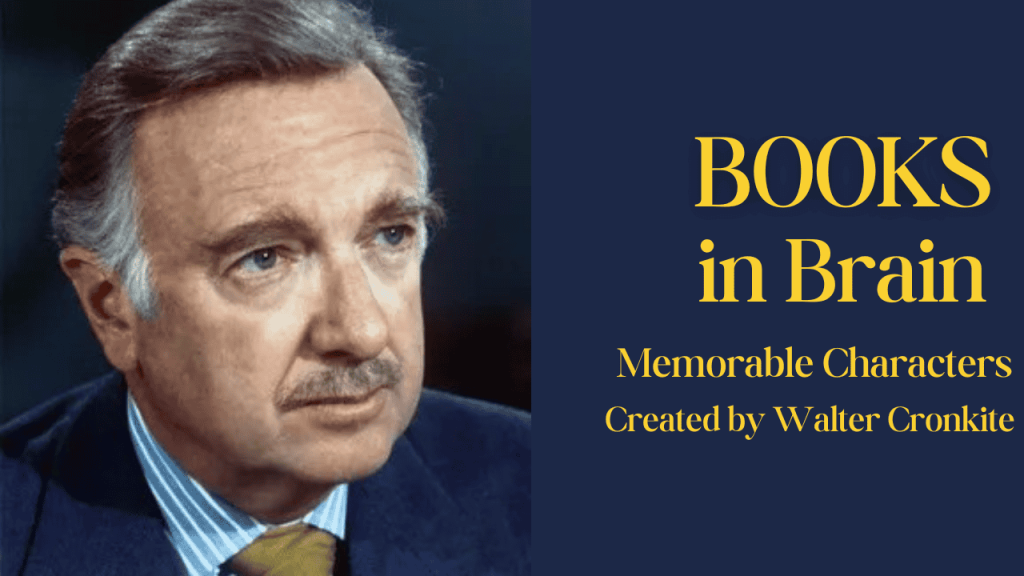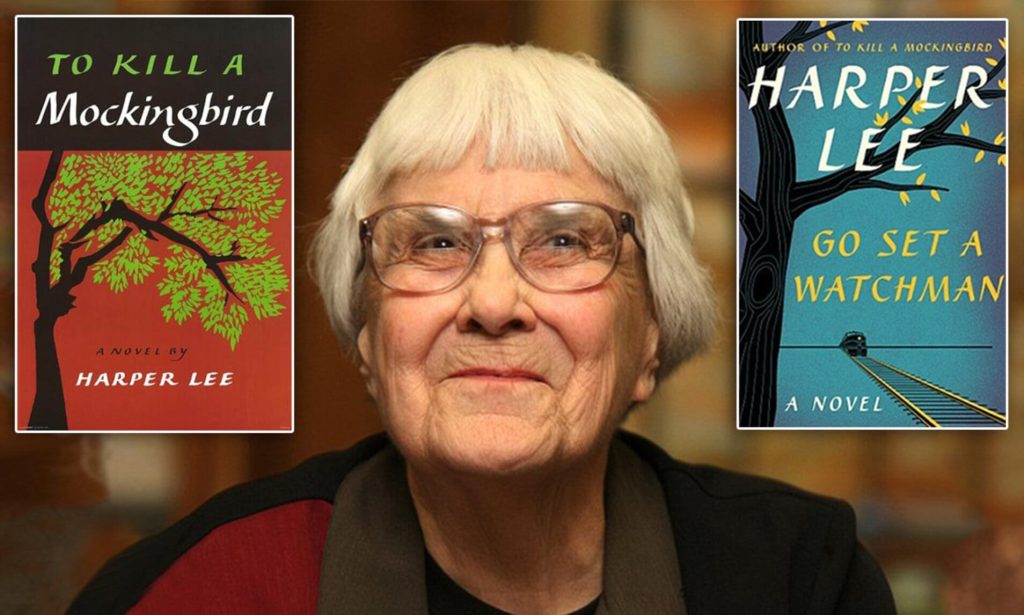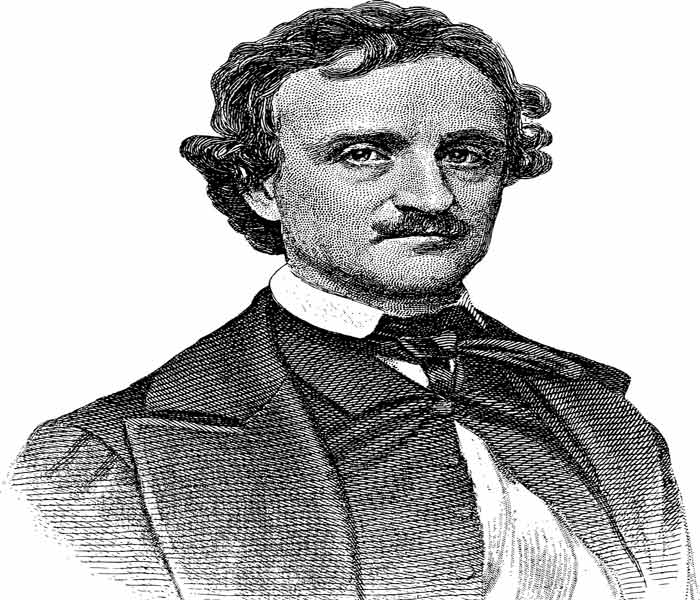Walter Cronkite is celebrated as “the most trusted man in America” but his contributions go beyond the newsroom. From presidents to pioneers, his books bring historical icons to life like never before. With each story, he crafted memorable ‘characters’ like real heroes, thinkers, and leaders—whose lives reveal the heart of 20th-century America and whose courage and vision changed the course of history.

This article dives into some of the most unforgettable characters inspired by or directly created by Walter Cronkite.
Who was the famous Walter Cronkite?
Walter Cronkite was one of America’s most respected journalists. He served as a news anchor for CBS Evening News from 1962 to 1981. He guided viewers through pivotal events such as the Vietnam War, the Watergate scandal, and the Apollo moon landing. His calm, authoritative delivery set a gold standard in journalism. It makes him a household name and a figure many Americans turned to for unbiased news.
Beyond his television career, Cronkite left a literary legacy. He authored several books, including A Reporter’s Life (1996), The Cronkite Report (1973), and In the News (1996) that capture his perspectives on journalism, history, and America’s role in the world.
The memoir, A Reporter’s Life is Cronkite’s most famous book. It offers readers a detailed, personal account of his life and career as a journalist. The book covers many of the 20th century’s most defining moments. It captures the essence of a time when journalism shaped the way people understood the world.
Another notable work is Around America: A Tour of Our Magnificent Coastline. Cronkite explores the U.S. coastline here. He blends together travel insights with historical and environmental observations.
He also co-authored Eye on the World (1985) with his daughter. This book is a photographic journey through global events, accompanied by Cronkite’s observations and insights.
Cronkite’s contributions through his books add depth to his legacy. It offers readers a chance to understand the world through his lens and appreciate the integrity and factual storytelling that defined his work.
5 Best Memorable Characters Created by Walter Cronkite
Walter Cronkite doesn’t create fictional characters in novels or stories like a traditional author of fiction. Instead, Cronkite’s memorable “characters” stem from the real people he interviewed, reported on, or described in his books and broadcasts.
These figures became memorable through his portrayal, as he often humanized historical events and key figures. Here are five characters from history whose stories he brought to life with remarkable detail and insight:
1. John F. Kennedy from A Reporter’s Life (1996)
Through Cronkite’s interviews and news coverage, President John F. Kennedy became more than just a political leader—he was seen as a charismatic, youthful visionary. Cronkite’s detailed reporting on Kennedy’s policies, particularly around the Cuban Missile Crisis, helped Americans understand the stakes involved in the Cold War.
Cronkite’s coverage of Kennedy’s assassination was especially impactful; he delivered the devastating news to the nation with his signature composure and empathy, making his portrayal of JFK one of the most memorable of his career.
2. Neil Armstrong from A Reporter’s Life (1996)
As the anchor covering the Apollo 11 moon landing in 1969, Cronkite played a key role in bringing astronaut Neil Armstrong’s journey to life for millions of Americans. His enthusiasm and awe as Armstrong set foot on the moon made Armstrong’s “small step for man” feel monumental.
Cronkite’s coverage highlighted Armstrong’s courage and the historical significance of the moment. It highlights the humanity of an astronaut who became a global hero. This portrayal made Armstrong’s achievement resonate deeply with viewers, further immortalizing his legacy.
3. Martin Luther King Jr. from A Reporter’s Life (1996)
Cronkite’s respectful and insightful coverage of Dr. Martin Luther King Jr. brought the civil rights leader’s struggles and triumphs to the forefront of American consciousness. Cronkite’s reporting on King’s speeches, protests, and eventual assassination offered a window into the moral and social challenges facing America.
By capturing the essence of King’s speeches and his peaceful determination, Cronkite turned him into a symbol of justice and resilience. His detailed reporting helped audiences understand King not just as a leader but as a man with an unwavering vision for equality.
4. Lyndon B. Johnson from The Cronkite Report (1973)
Cronkite had a complex relationship with President Lyndon B. Johnson, especially in his coverage of the Vietnam War. His critical reporting on Johnson’s policies and his famous 1968 editorial declaring that the Vietnam War was “mired in stalemate” profoundly impacted Johnson’s public image and his decision not to seek re-election.
Cronkite’s detailed analysis of Johnson’s leadership showed the human side of a president grappling with a deeply controversial war. It offers viewers a nuanced perspective on a complicated and determined leader.
5. Richard Nixon from In the News (1996)
Cronkite’s reporting on President Richard Nixon, especially during the Watergate scandal, presented him as a complex character caught in a web of political intrigue. Cronkite’s meticulous, fact-driven coverage of Watergate made Nixon’s story a cautionary tale of power and accountability.
His reporting gave Americans a close-up view of Nixon’s downfall, from his initial denial to his eventual resignation. Cronkite’s ability to maintain objectivity yet convey the gravity of Nixon’s actions made Nixon’s character memorable in the annals of American history.
Final Words
Through Cronkite’s works, we can still see the human stories behind the headlines, and these memorable characters will remain etched in our minds for years to come. His detailed narratives add layers of insight beyond what typical history books offer. They are essential reading for anyone seeking to understand the nuances of American history and its enduring impact on today’s world.



Pingback: Memorable Characters Created by Octavia Butler
Pingback: Memorable Characters Created by Clarice Lispector